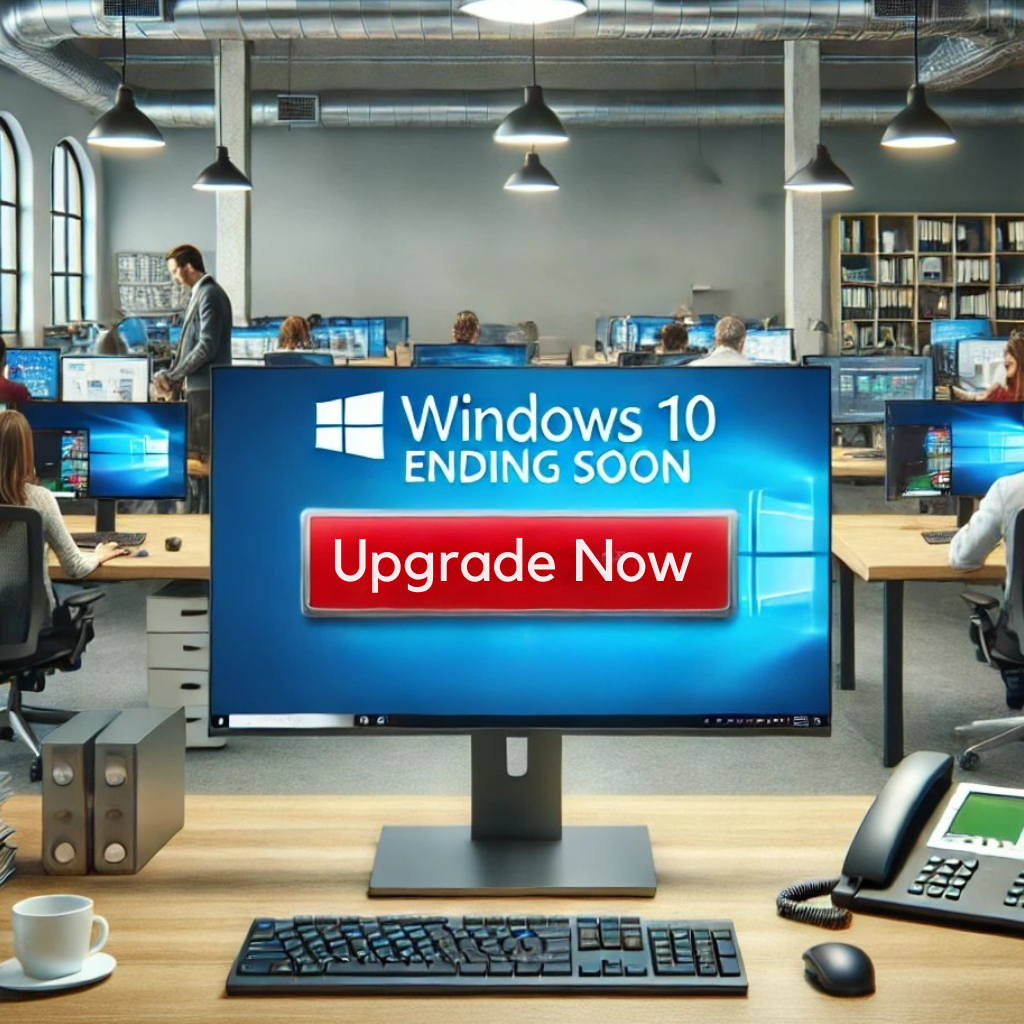If you’re still using Windows 10 after the cutoff date, it’s not just your operating system that will be at risk – your critical business applications could be affected too. Let’s break down what you need to know.
No More Security Updates = Major Vulnerabilities
Once Windows 10 support ends, there will be no more security patches. This means any vulnerabilities discovered after October 14, 2025, will remain unpatched, leaving your applications exposed to cyberthreats.
What This Means For Your Applications:
- Higher Risk Of Data Breaches: Without security patches, your applications will be more susceptible to hacking attempts, ransomware and other malicious attacks.
- Compliance Issues: If you’re in a regulated industry (e.g., health care or finance), running applications on an unsupported OS could lead to compliance violations and hefty fines.
- Productivity Disruptions: If a cyberattack compromises your systems, it could bring business operations to a standstill.
No More Feature Updates = Compatibility Issues Becoming Inevitable
As software vendors continue to release updates and new versions, they’ll eventually stop supporting Windows 10. This means your applications may no longer be compatible with your operating system, leading to:
- Frequent Crashes And Glitches: Applications may become unstable, crash frequently or fail to launch altogether.
- Feature Limitations: You might miss out on new features and functionality that are only available on supported operating systems like Windows 11.
- Security Gaps: Application updates often include security patches. If your OS is no longer supported, the latest security features won’t work, increasing your risk of cyberattacks.
No More Technical Support
It’s not just Microsoft ending support – third-party software vendors will follow suit. As Windows 10 becomes outdated, you’ll notice:
- No More Technical Support: Software vendors will stop providing customer support for their products running on Windows 10.
- Lack Of Integration With New Tools: Modern tools and applications will be optimized for Windows 11 and beyond, leading to compatibility issues and reduced productivity.
- Limited Hardware Compatibility: New peripherals and hardware may not have drivers compatible with Windows 10, limiting your ability to upgrade or expand your setup.
Performance And Productivity Will Suffer
Outdated systems can’t keep up with modern demands. As more advanced applications are developed, they require updated operating systems to run efficiently.
The Impact On Your Business:
- Slow Performance: Applications may run slower on outdated operating systems, affecting employee productivity.
- Increased Downtime: More frequent crashes and glitches lead to costly downtime.
- Maintenance Costs: Keeping legacy systems functional can require more IT resources and expenses, cutting into your bottom line.


